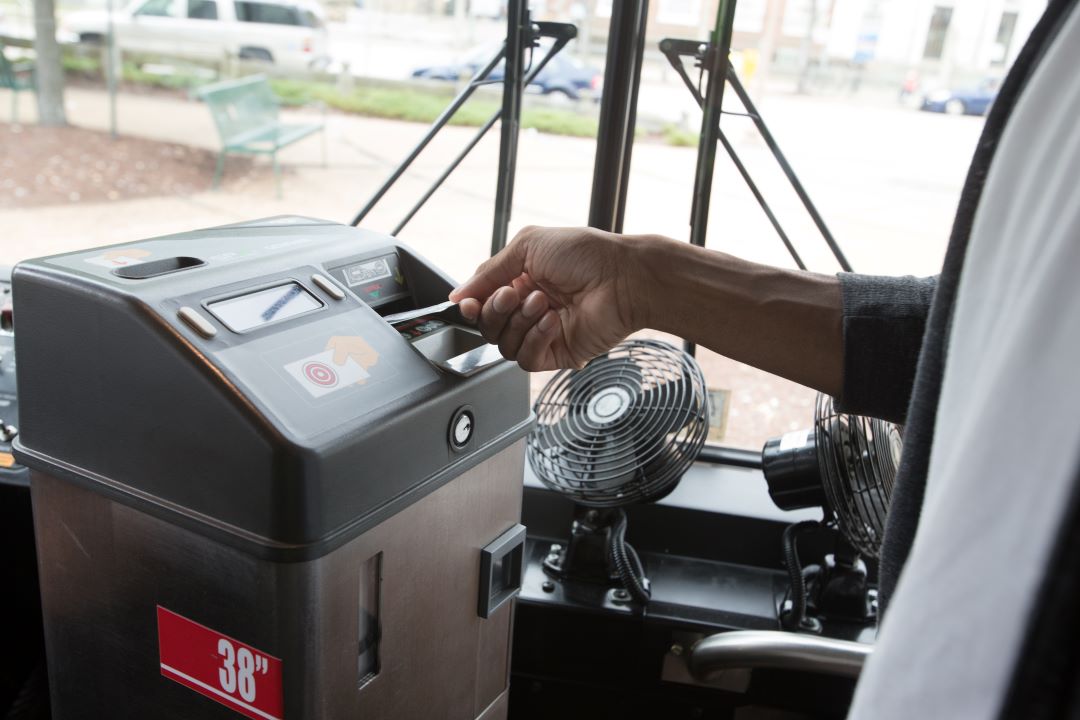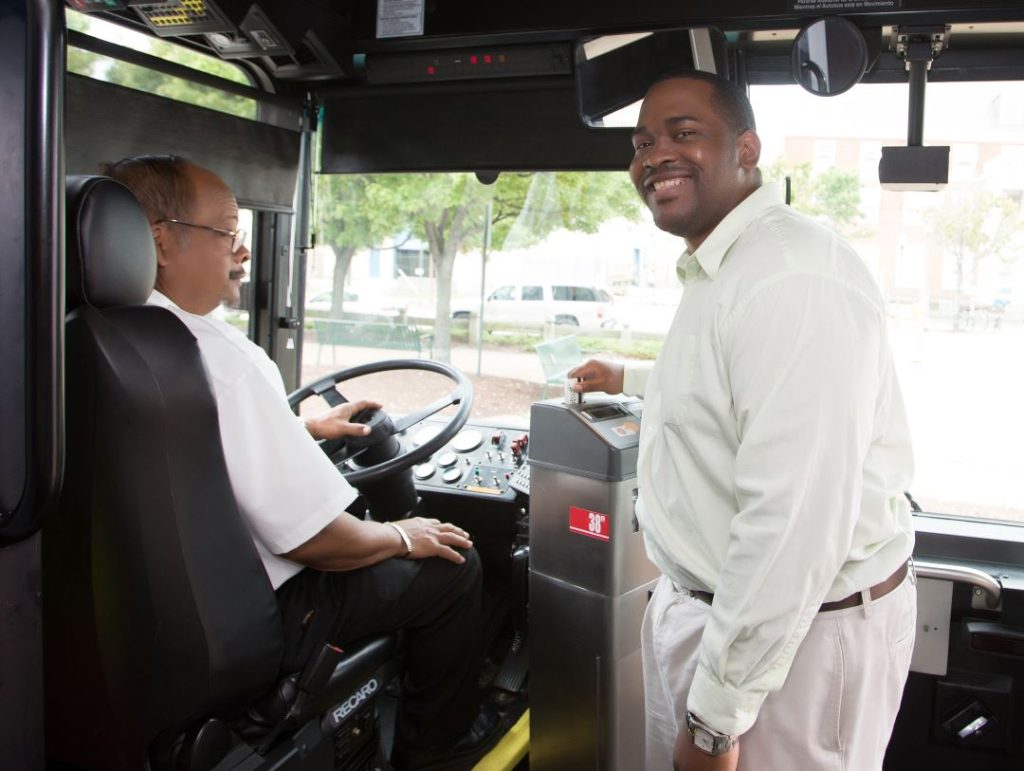Solving the Ridership Gap: Would Free Fare be the Solution?
Free transit fare is a hot topic among public transportation agencies and advocates across the country. Many public transit agencies, including Hampton Roads Transit, suspended fare collection during the Covid-19 pandemic. According to the American Public Transit Association, dozens of agencies have maintained zero-fare post-pandemic.
HRT decided to suspend fare collection for about three months during the pandemic in large part to protect its bus operators and customers. Because the farebox is located at the front of the bus next to the operator, suspending fare collection eliminated much of the face-to-face interaction with customers. Pressing pause on fare collection also meant riders could enter from the back of the bus, adding another level of protection.
As the pandemic forced the majority of Americans to work from home, ridership plummeted. Some public transit agencies have been successful at boosting post-pandemic ridership by maintaining fare-free access. Henry Bendon, a spokesperson for the Greater Richmond Transit Company (GRTC) in Richmond, VA said last year that going fare-free “is the equitable thing to do.”
Reliable, sustainable, public transportation is the conduit to so many things: employment, education, essential appointments, and entertainment. “Without it, people are really limited in opportunities,” says Sheri Dixon, Director of Revenue Services at Hampton Roads Transit. Dixon argues that free fare actually creates a barrier for people who really need public transportation.
“We’ve gone from trying to help the people who need it, to giving it to everyone,” says Dixon. “That’s equality. Not equity.”

Free fare can result in a domino effect of overcrowding, delays, and increased security risks.
When agencies move to a fare-free system they are encountering what’s known as “loop riders.” They are typically unhoused, have no designated destination, and ride all day on a loop. This creates, among other problems, overcrowding on buses. Now, a rider who needs to get to their job is stuck waiting for the next bus. They may miss a connection and arrive late for work. How many times can they be late before losing their job altogether?
Bus operators are responsible for more than just operating the bus. They act as customer service representatives, bill collectors, therapists, and rule enforcers, all while interacting with a cross-section of the public. For that reason alone, one might argue that removing the farebox is a good idea.
Kansas City Area Transportation Authority (KCATA) in Kansas City, MO, launched its RideKC free fare program about four years ago. Some KCATA bus operators recently spoke out against the free fare program, telling its Board of Commissioners how their lives have been threatened. A longtime KCATA bus operator said, “some riders will trash the bus leaving food and other items when they get off.”
That’s another argument Dixon makes. “People treat things based on the value of it,” she says. “When something is free, people tend to treat it like it’s free.”

A one-way fare on bus, light rail and ferry at HRT is $2.00. “It is an economical and affordable way for anyone to travel,” said Conner Burns, Chief Financial Officer at Hampton Roads Transit.
HRT generates its revenue through a variety of sources such as farebox collection, advertising, federal grants, and state and local contributions. Moving to a fare-free system, as in the case with GRTC, would likely bring in more riders in the short-term, but in the long-term would increase the cost of doing business, and without the benefit of farebox revenue. To deal with the overcrowding, the agency would eventually need more buses, more operators, more mechanics, more customer service representatives, more cleaners, and more security officers.
“It’s a numbers game,” says Shane Kelley, Senior Manager, Security and Emergency Preparedness. “The volume of people entering our system for free would probably create more disorder and I can see that leading to security concerns.”
That’s exactly how the free-fare program played out at Capital Metropolitan Transportation Authority (CapMetro) in Austin, TX. The agency ended its program after about a year in 1990 when operators complained about the number of confrontations with loop riders. Regular riders also left the system in droves.
CapMetro is four months into a program designed to better address this issue. The agency is working with a non-profit to distribute two-year passes to the unhoused and housing insecure. According to Kelsey Lammey, Senior Community Engagement Coordinator at CapMetro, more than 19,000 passes have been issued to the non-profit. The non-profit is responsible for identifying eligible clients and distributing the passes.
“A long-term goal would be to show that this transit pass really helps people get connected to social service providers, health care, job opportunities, and to build their social connections,” said Lammey.
Surveys show HRT riders want more frequent service and more reliable service. Not free service. Last year when HRT lowered the cost of fare on its former MAX routes from $4.00 to $2.00 some passengers complained. According to Dixon, “Dedicated riders would rather pay than deal with the overcrowding and other issues that come with free fare.”
According to HRT president and CEO William Harrell, “Our customers have requested reliable transit with better customer amenities and technology. Customer fare revenue accounts for 7% of all revenue sources. Eliminating fare revenues in the proposed Fiscal Year 2025 budget would create a budget hole of approximately $9.7 million. Without a new funding source to replace this vital revenue source, free fares would unintentionally reduce transit services and delay the implementation of the 757 Express Program which is designed to add 15-minute service along regional routes and provide commuter service to major employers including Naval Station Norfolk and the Newport News Shipbuilding.”





